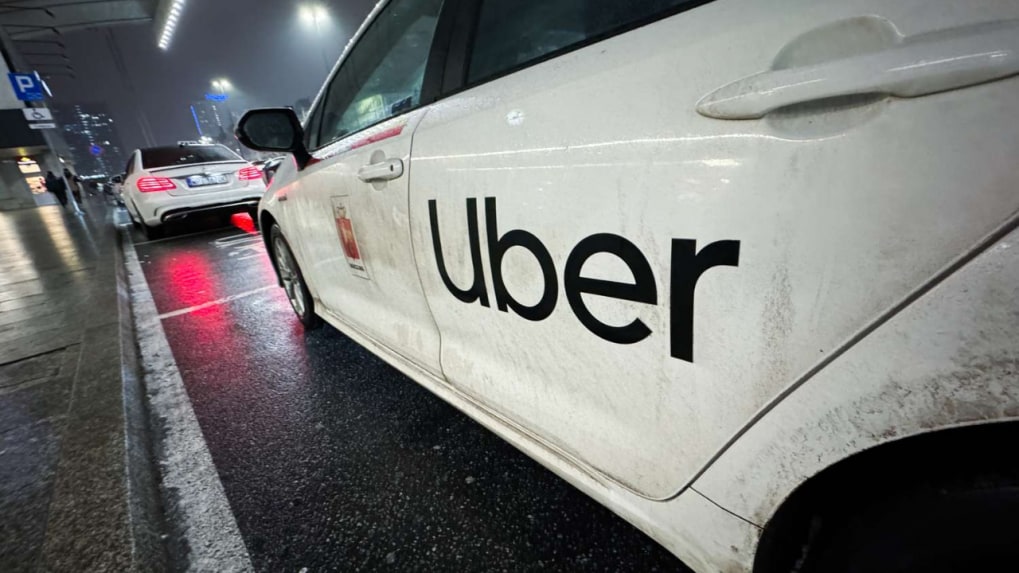Uber to deploy 100,000 self-driving cars by 2027 in major Nvidia partnership
Uber will oversee the operational side of the autonomous fleet — including maintenance, remote assistance, charging, cleaning, and customer management.
ADVERTISEMENT
Uber has announced an ambitious plan to introduce 100,000 autonomous vehicles to its global fleet by 2027, signalling a major shift toward large-scale automation in ride-hailing. The move, part of a new partnership with artificial intelligence giant Nvidia, could significantly alter the landscape for human drivers who currently power the platform.
The collaboration was unveiled at Nvidia’s GTC conference in Washington, DC, and is designed to make robotaxis a mainstream feature on Uber’s app. The large-scale rollout, beginning in 2027, will use Nvidia’s latest AI systems and computing hardware to power the fleet.
The initiative builds on an earlier agreement under which Uber shared sections of its driving data with Nvidia to help train self-driving algorithms and enhance AI models used by car manufacturers. Nvidia also unveiled its new Drive AGX Hyperion 10 platform during the conference — an advanced system enabling carmakers to integrate autonomous driving hardware, sensors, and software.
As part of the partnership, Stellantis NV — the parent company of Jeep and Peugeot — will be among the first to provide at least 5,000 Nvidia-powered robotaxis for Uber’s fleet in the US and select international markets. Foxconn will support Stellantis with systems integration and production, which is expected to begin by 2028.
Uber will oversee the operational side of the autonomous fleet — including maintenance, remote assistance, charging, cleaning, and customer management. Pilot trials are expected to begin shortly, with gradual expansion planned over the next three years to meet the 100,000-vehicle target by the end of the decade.
The company confirmed that the target includes 20,000 Lucid Gravity and Nuro vehicles already pledged under earlier partnerships. Other developers — including Avride, May Mobility, Momenta, Nuro, Pony.ai, Wayve Technologies, and WeRide — will also contribute to the growing robotaxi network.
Beyond the vehicles, Uber and Nvidia will jointly build a “robotaxi data factory” to develop and refine autonomous driving systems. Uber plans to collect more than three million hours of driving data from its future robotaxi operations to train and validate AI driving models, while Nvidia will supply the computing infrastructure and software tools to power the next phase of automation.
If successful, Uber’s robotaxi expansion could reduce long-term operational costs and give the company greater control over its fleet — a crucial step as it seeks profitability in an industry long dependent on gig workers.


